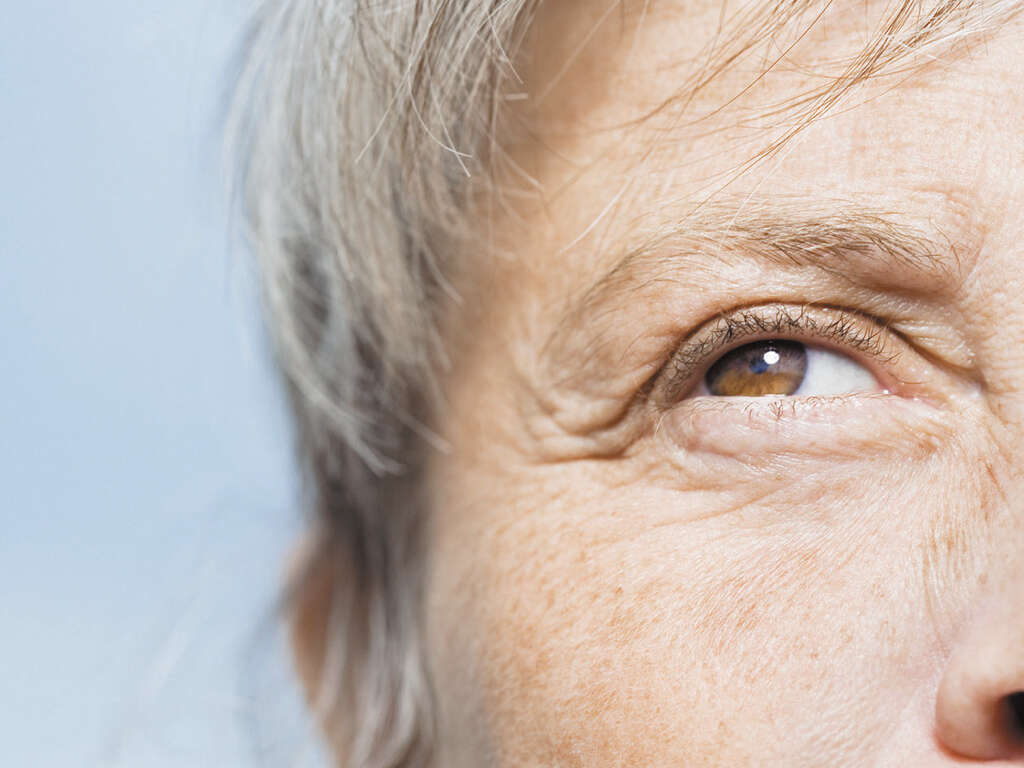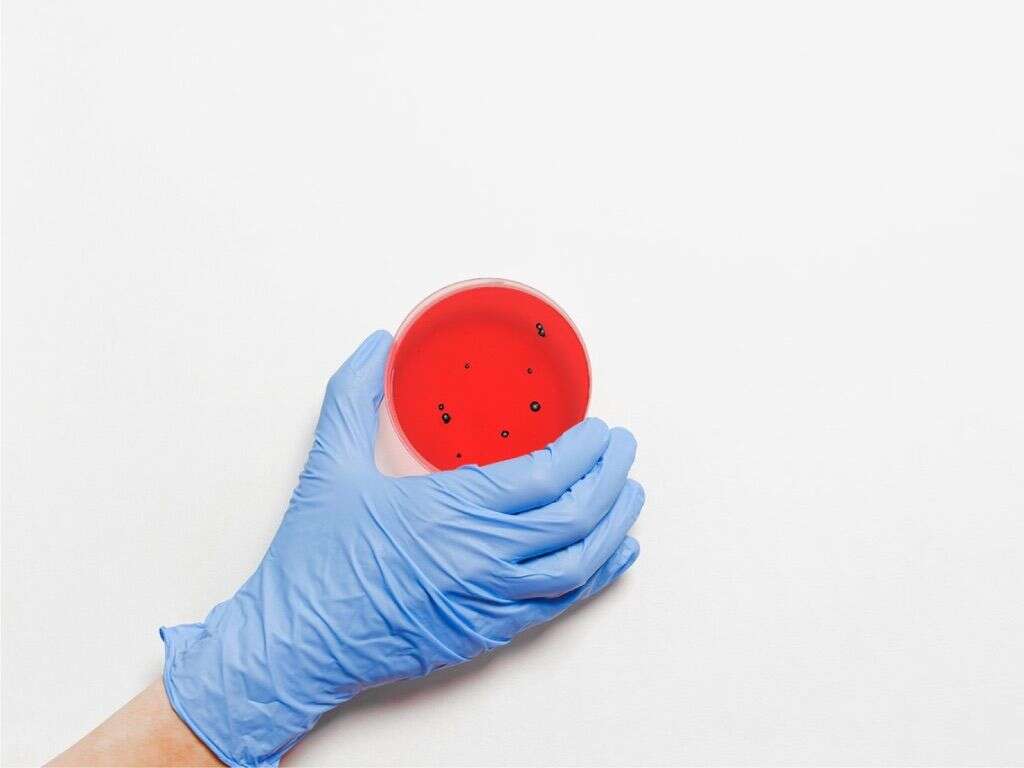10 Symptoms of Macular Degeneration
Advertisement
Macular degeneration is a condition where there is blurry or no vision in the central portion of the visual field. It is also known as age-related macular degeneration. Macular degeneration occurs when there is damage to the macula of the retina. The condition is divided into the early, intermediate, and late stages. The late form of the disease can be further categorized as “dry” or “wet.” In the early stages of the disease, there are few, if any, symptoms. However, the vision gradually worsens in one or both eyes. Although this condition does not lead to complete blindness, it can make it difficult to recognize faces, read, drive, and perform other activities of daily living. . Risk factors of macular degeneration include genetic factors and smoking.
The diagnosis of macular degeneration can be achieved via a complete eye exam. Ophthalmology, optometry, and neurology use a visual field test to determine if a disease is affecting the visual field. The prevention of macular degeneration includes eating well, exercising, and quitting smoking. Once there is loss of vision, there is no cure or treatment that can return the visual loss. Anti-vascular endothelial growth medication can help treat the wet form of the disease. Photodynamic therapy and laser coagulation can also slow the progression of the disease.
Macular degeneration usually occurs in individuals over the age of fifty. Approximately 0.4 percent of people who are fifty to sixty years old, 0.7 percent of people who are sixty to seventy years old, 2.3 percent of people who are seventy to eighty years old, and almost 12 percent of people who are over eighty years old have the disease. The dry form of the disease is seen in up to 90 percent of cases. In 2013, it became the fourth commonest cause of blindness. In 2015, macular degeneration affected approximately 6.2 million individuals globally.
Advertisement
Symptom #1: Visual Hallucinations
A hallucination is the perception of something in the absence of stimuli. Visual hallucinations can refer to colors, lights, indiscrete objects, geometric shapes, or lifelike images and scenes.
The hallucinations are substantial and vivid, and they should be distinguished from dreaming, pseudohallucinations, and delusions. In patients with macular degeneration, visual hallucinations do not represent a mental illness.
Advertisement

Advertisement








